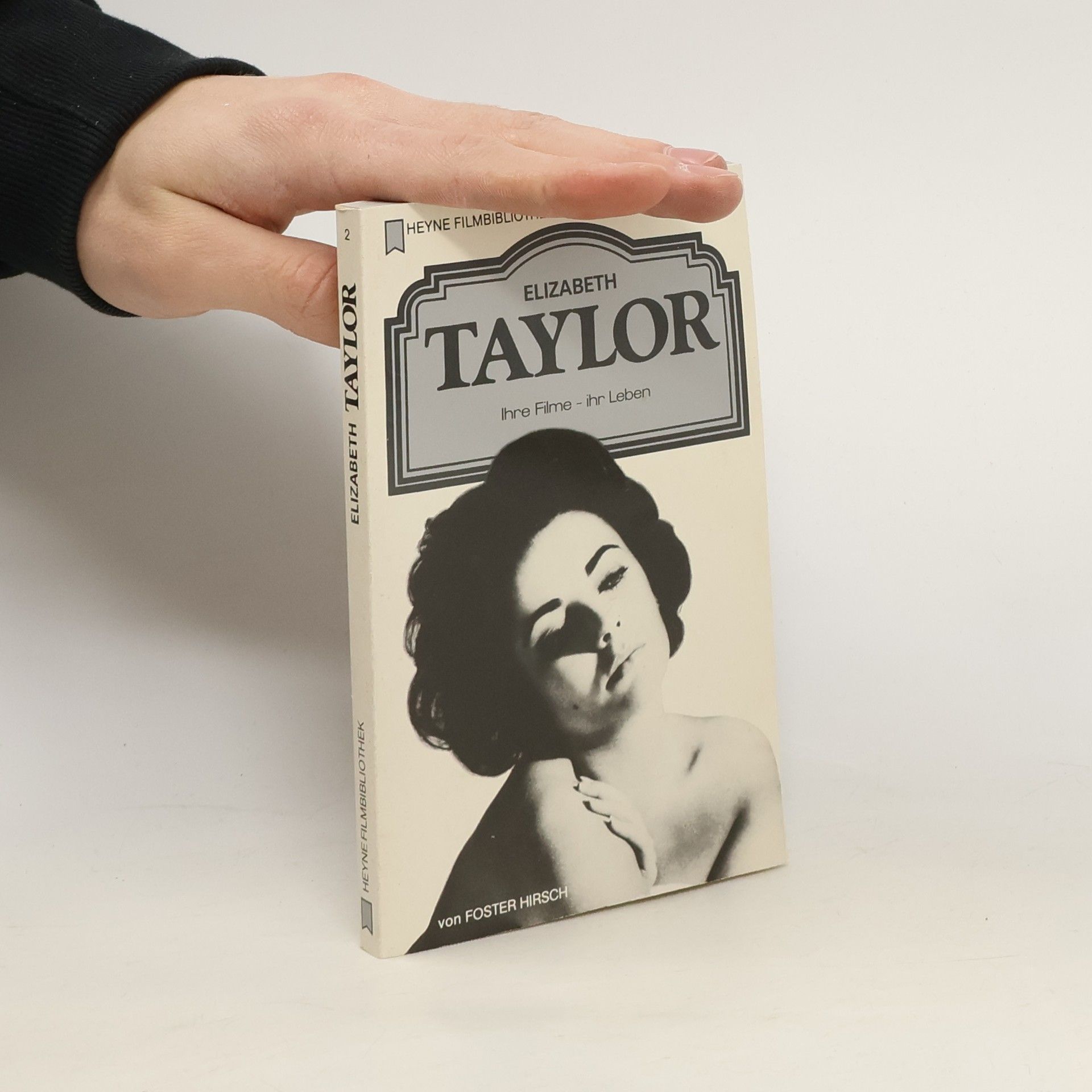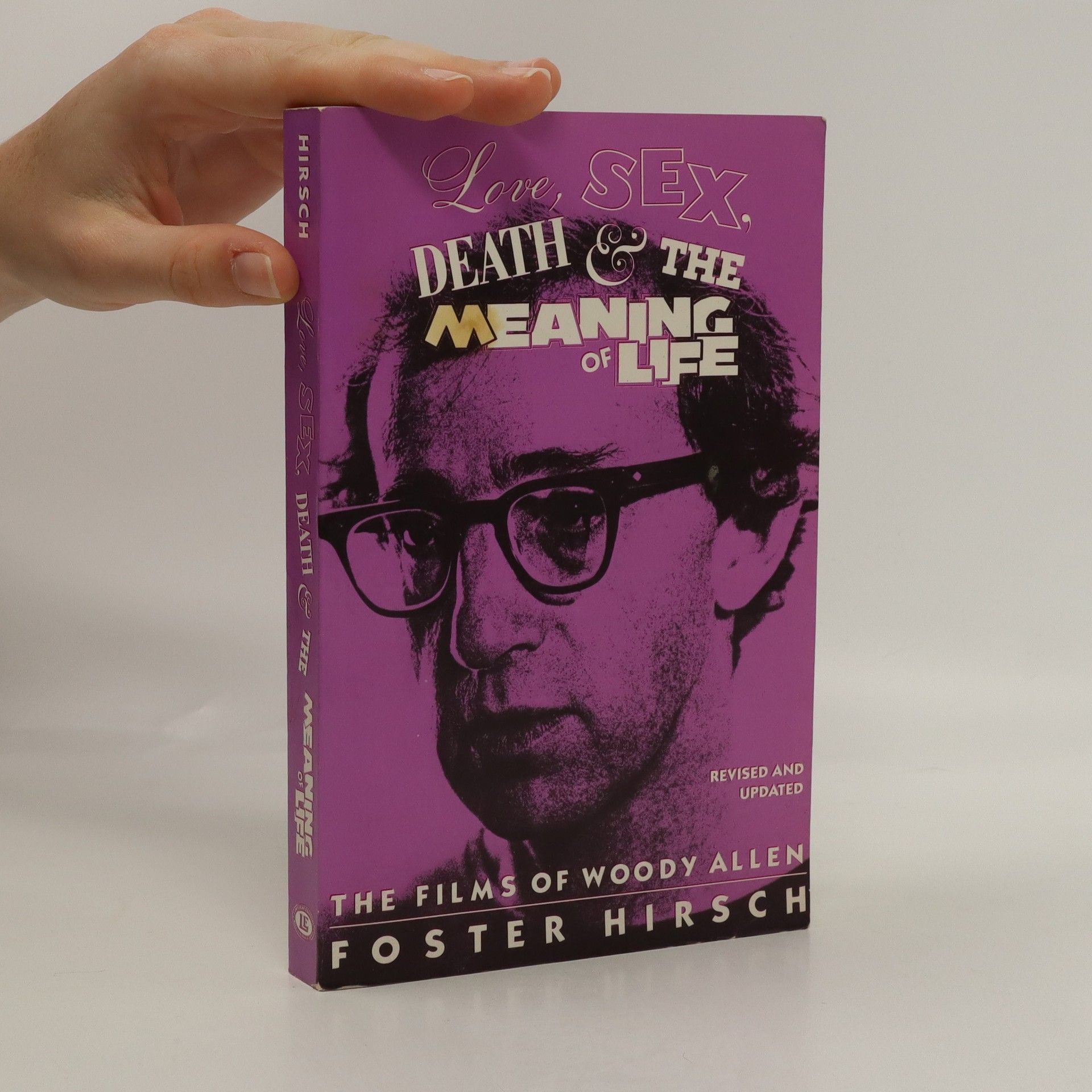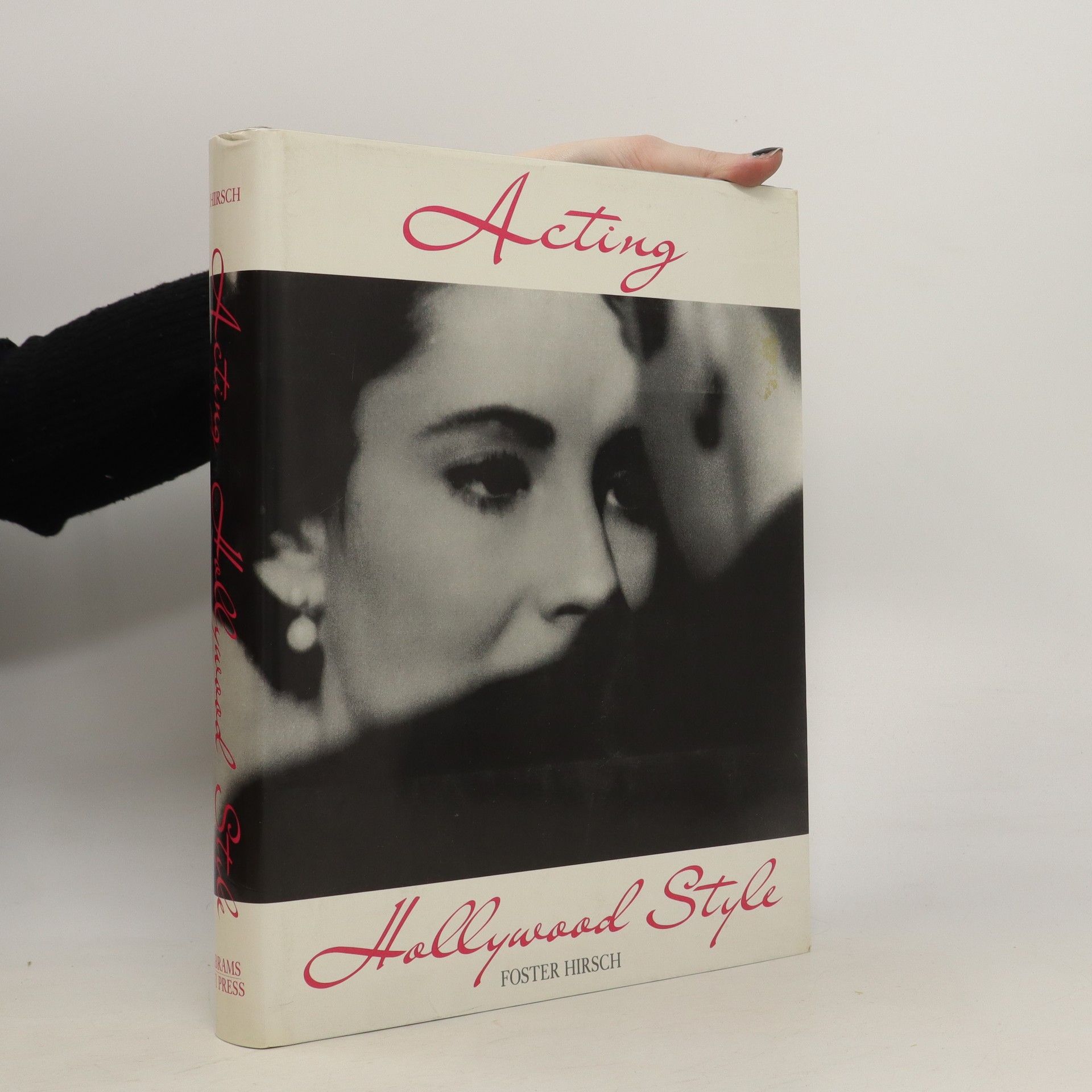Foster Hirsch Libros




Looks at various film actors and actresses and discusses the importance of voice, body language, and physical looks in successful motion picture acting.




Looks at various film actors and actresses and discusses the importance of voice, body language, and physical looks in successful motion picture acting.